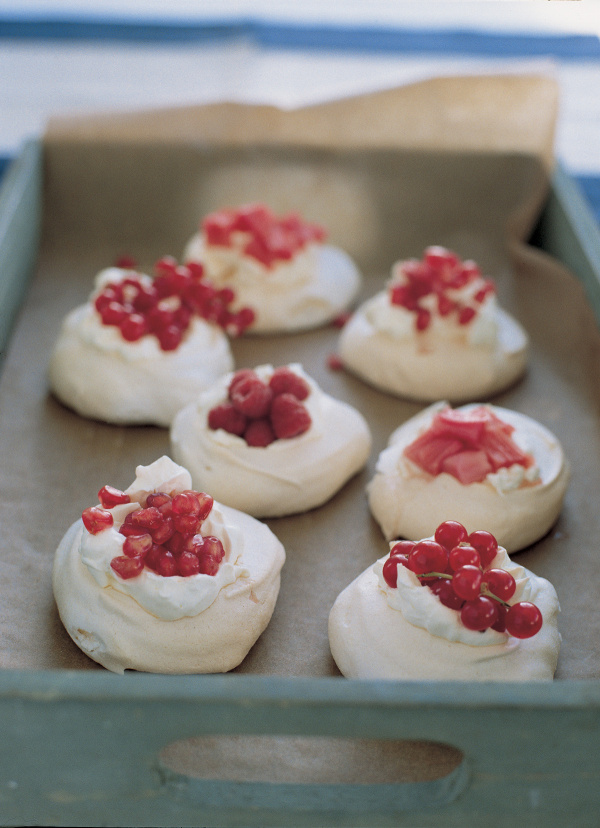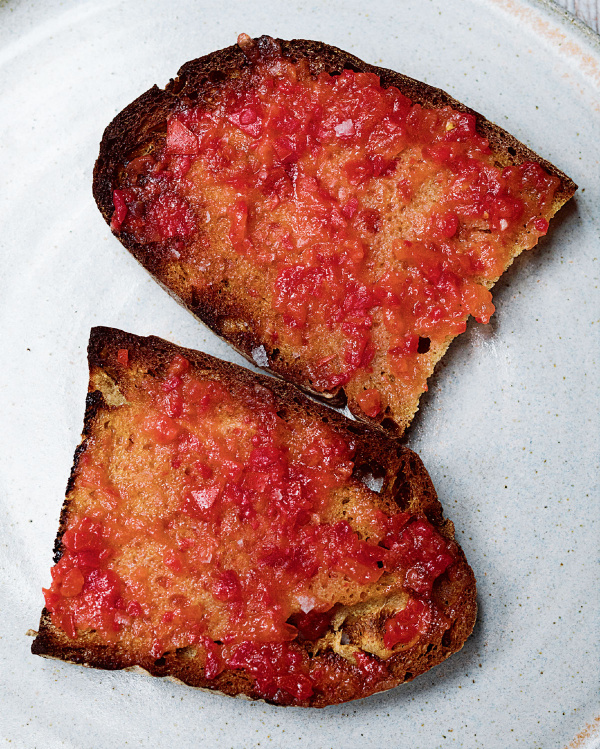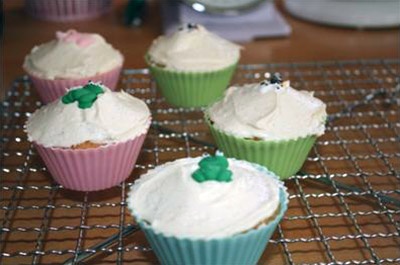Meringues - Bubbles of Sugar and Soft Mixture
Asked by Rosequartz. Answered on 22nd February 2011
Full question
why do my meringues ooze caramel? Have i not combined the sugar and egg whites enough? or is it something else? Rosequartz
I have been making the Christmas Pavlova recipe in Nigellas Domestic Goddess book for years and the majority of the time it turns out fantastically. However, there are occasions where the uncooked mix is much looser than usual and I end up with a much flatter meringue. Any ideas why this happens? Jive-Monster
Our answer
If your meringues are coming out of the oven with small beads of caramelized sugar on the bottom edges then it is most likely that your oven is slightly too hot, causing the outside of the meringue to cook too quickly and some of the sugar on the softer inside to bubble out and caramelize in the heat of the oven. It may be worth reducing the oven temperature by 10-20c (25-50F) next time you make meringues. Another clue that the oven may be slightly too hot is if there is a gap of air between the top crust of the meringue and the main body of the meringue. For classic dry meringues the oven should ideally be just below 100c (200F) and the meringues should be dried out slowly for 2-3hours (until the release easily from the baking parchment (parchment paper). Pavlovas tend to be cooked at a higher temperature for a shorter time as the aim is to have a softer, more marshmallowy centre.
Another mistake when making meringues, which can lead to some bleeding of sugar and also a "softer" consistency to the uncooked meringue, is that the egg whites aren't quite whisked to stiff peaks before the sugar is added. We would suggest if you are using an electric mixer (freestanding or hand) that the whites are whisked first on low speed until frothy, then the speed can be increased and the whites whisked to stiff peaks - when the whisk is lifted the whites on the end of the whisk stand in a firm peak which does not flop over at all). Do be careful though not to over whisk the whites, it is best to check the consistency of the whites regularly when whisking.Once stiff peaks have been achieved the sugar can be folded or whisked in.
Please also check our earlier post on meringues (in the Kitchen Queries archive) for more tips in whisking egg whites for meringues.






Tell us what you think
Thank you {% member.data['first-name'] %}.
Explore more questionsYour comment has been submitted.